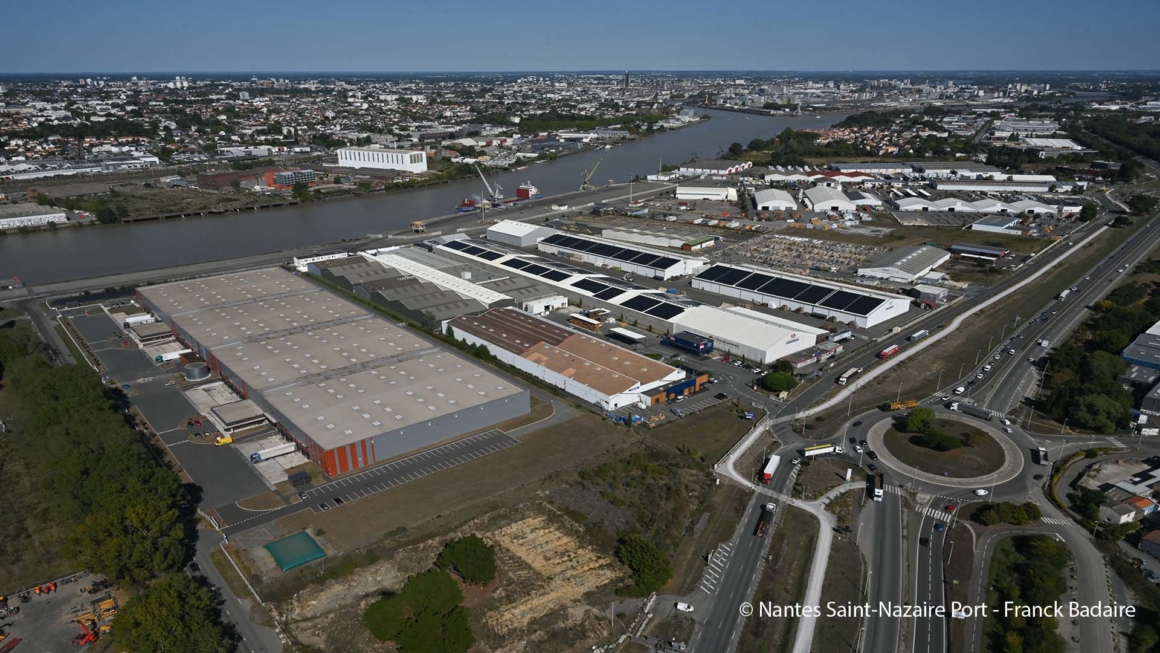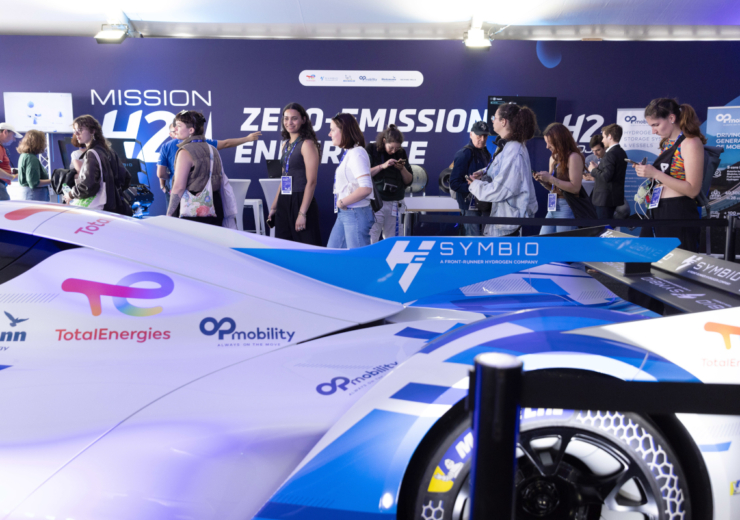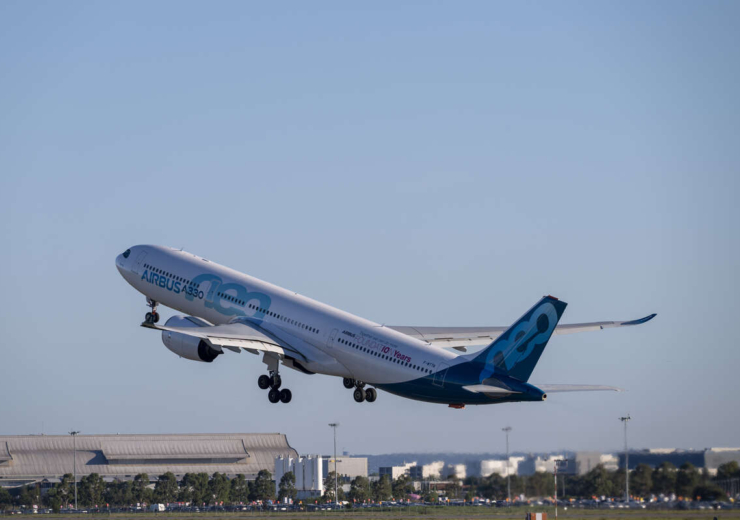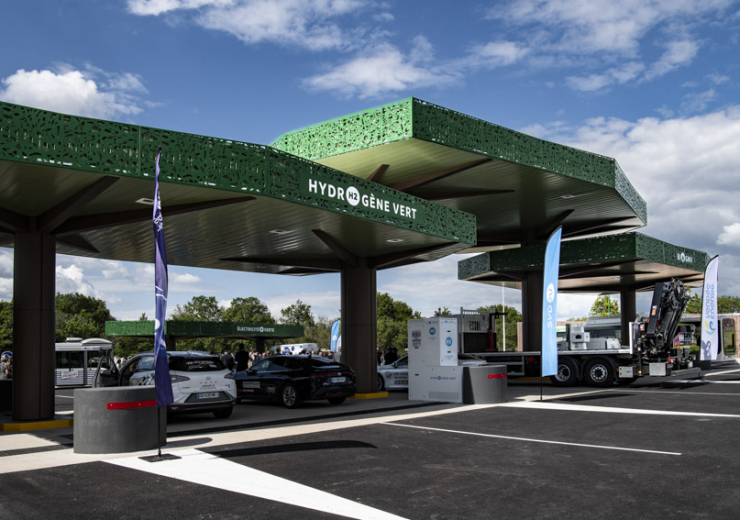Several strategic projects have been launched in recent months to decarbonise the Atlantic France economy and supply other regions with sustainable fuels. Let’s take a closer look at these initiatives and the synergies between them.
The Atlantic France region is committed to producing green energy and capturing CO2 emitted by industrial activities. Four major projects have recently been announced:
- The Port of Nantes Saint-Nazaire has been awarded the ZIBaC label: the French ecological transition agency Ademe has selected Nantes Saint-Nazaire Port as one of the winners of its call for projects to create low-carbon industrial zones. This recognition comes with a grant of almost €4 million to launch in-depth studies and provide an integrated vision of the projects and needs of the region.
- A huge green hydrogen production plant will be integrated into this transformation of the Nantes – Saint-Nazaire industrial port area, with an installed capacity of 210 MW. Led by Lhyfe, the project will be operational by 2028 to the north of the multi-bulk terminal and will have an 85-tonnes-per-day production capacity of green and renewable hydrogen. The production of e-fuel will help decarbonise port operations and maritime transport.
- Take Kair, a pilot project to produce e-fuel for aviation: EDF (the project leader via its specialist subsidiary Hynamics), IFPEN, and Axens have signed an agreement with Holcim to recycle CO2 from its cement plant in Saint-Pierre-La-Cour (Mayenne). From 2028, the plants will produce e-kerosene, which will be used as e-SAF (synthetic sustainable aviation fuel) by the Air France-KLM Group (another partner in the project). The investment is estimated at around €700 million and the project will prevent the emission of more than one hundred kilotonnes of CO2 per year.
- GOCO2, a local CO2 capture and transport network: The Grand Ouest CO2 project aims to capture the CO2 produced by four major industrial sites belonging to Heidelberg Materials, Lafarge, Lhoist, and TotalEnergies, and then transport it by pipeline to the port of Nantes Saint-Nazaire. The aim is to achieve a capacity of 2.6 million tonnes of CO2 per year by 2030, rising to 4 million tonnes per year by 2050, which will represent more than 75% of the industrial emissions of the Grand-Ouest region at that time.
Change of scale and a virtuous circle
As part of its commitment to the energy transition and a low carbon economy of the future, the Atlantic France regional council is delighted to welcome these ambitious projects to the region, which will help shape the economy of the future.
All four projects are ambitious and will have a major impact on the region. They symbolise a real change of scale in the capturing of CO2 from industrial sources, the mass production of green hydrogen, and the production of sustainable fuels, all of which are particularly complementary activities. Mixing hydrogen with CO2 produces synthetic fuels that will be used to decarbonise aviation and shipping.


 Français
Français 



